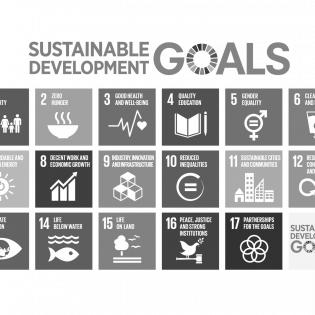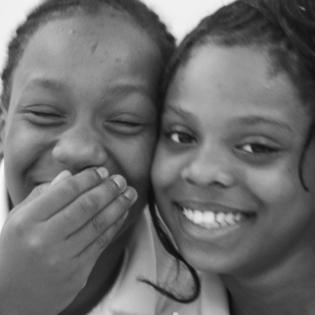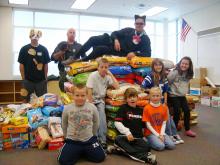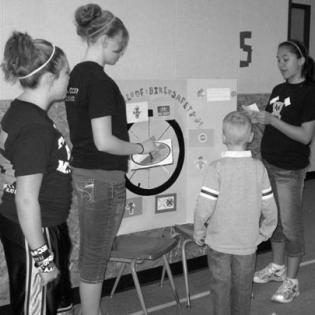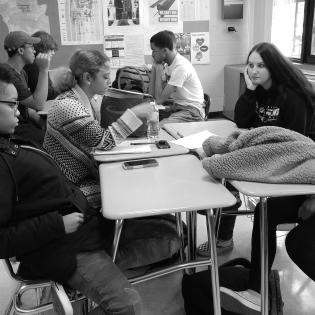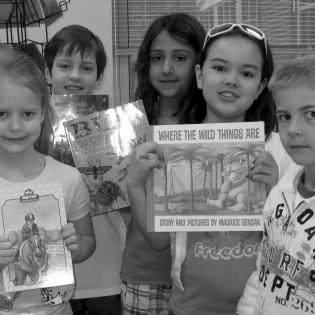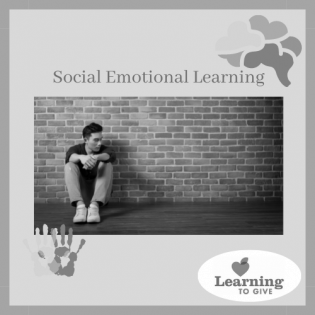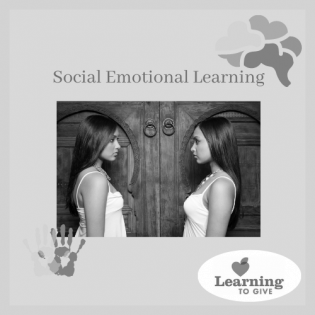Participants identify and compare the different roles of the four sectors of the economy (government, business, nonprofit, and family). They identify which sector does what and observe how they approach differently the sometimes overlapping responsibilities....
Filter by subjects:
Filter by grades:
Filter by audience:
Filter by issue area:
Filter by content type:
Filter by resource type:
resource search
This toolkit guides youth, educators, group leaders, families, and community groups as they investigate the issue of global issues and prepare to take action.
Contents:
This toolkit guides youth, educators, group leaders, families, and community groups as they investigate the issue of kindness and prepare to take action.
Contents:
This step-by-step mini-course guides educators to facilitate the service-learning process with students related to generosity and inclusion for people with all abilities. Just like generosity is part of all aspects of your life, teaching generosity and inclusion can be part of every aspect of teaching. We’ll show you how. This course is for the educator working in-school, after-school, with youth groups, or community foundation youth advisory committees.
In this activity participants learn how to note the changes their service and philanthropic actions has on them and their community. Participants will take pre and post surveys to evaluate how they've grown and they've made a positive impact.
You love your philanthropy experience. How do you get more young people involved in YAC and their community? This guide gives tips and tools for introducing others to philanthropy at local schools and through service.
To better understand what youth in the community care about, the youth group develops a survey to sample students at the local high schools. Survey participants identify the most pressing issues they feel are affecting youth. This helps youth grantmakers determine which grants to award to impact what is most valued by the youth in their community. This may also be used in pro-active grantmaking.
Reading with children is a great way to share your time and talent while building youth philanthropy in the community. Picture books are short, artistic, and spark meaningful conversations about who we are in a big, shared world.
In this activity young people are asked to consider how their race, ethnicity, gender, or sexuality impact how they control their emotions. This Self-Management tool asks young people to reflect upon how they regulate their behaviors and emotions. They will then be asked to discuss how race, gender, and other identity markers impact the expectations of behavior and emotion regulation from different groups. Different Strokes for Different Folks is inspired by the article, "Why We Can't Afford Whitewashed Social-Emotional Learning" by Dena Simmons.
Many American citizens with a "hyphenated ethnicity, race, or identity" experience a double consciousness. In this activity, youth look at the hyphen from the perspective of another person, reflecting upon their own opinions about how the hyphen is used. Hyphen-Stories is inspired by an article by Dena Simmons called, "Why We Can't Afford Whitewashed Social-Emotional Learning."
